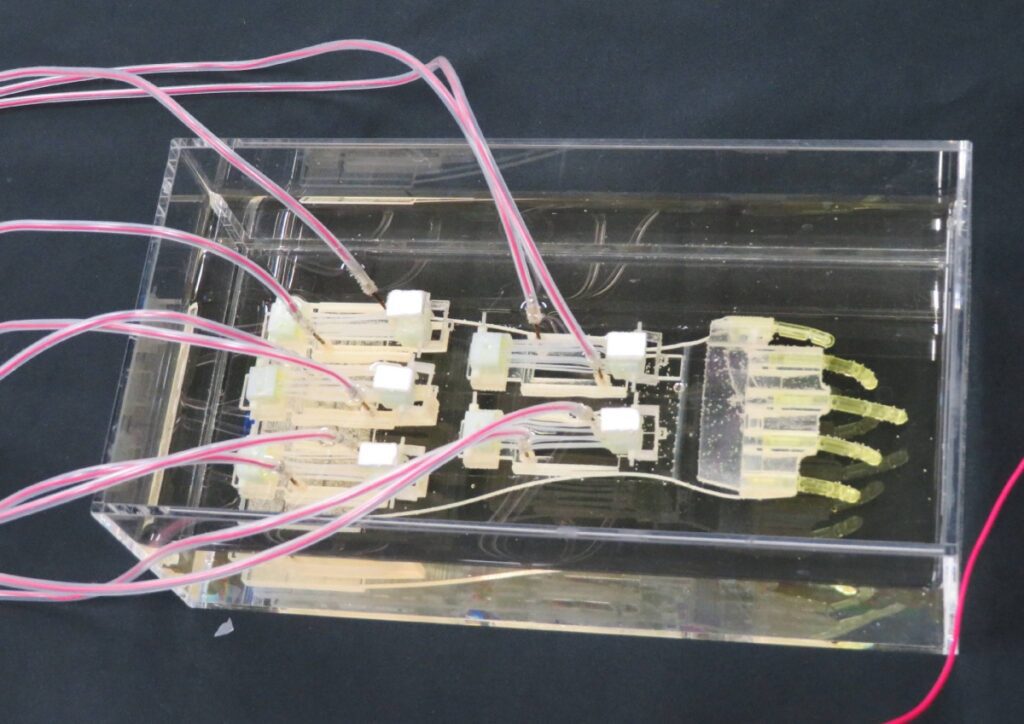The Future of Robotics: Introducing the World’s Largest Biohybrid Hand
In a groundbreaking announcement from the University of Tokyo and Waseda University, researchers have unveiled the largest biohybrid hand ever created. This innovative robotic hand incorporates cultivated human tissue and showcases a remarkable advancement in the field of robotics.
A Close Look at the Biohybrid Hand
The impressive design features a multijointed structure, with movements powered by living muscle tissue. Measuring in at 18 centimeters long, with a palm size of 6 centimeters—similar to that of a newborn—this robotic hand resembles the intricate design of a human hand. What’s truly astounding is that each of the five fingers can move independently, granting this creation a level of dexterity rarely seen in robotic hands.
The project, led by a talented team including Xinzhu Ren and Shoji Takeuchi from the University of Tokyo’s Graduate School of Information Science and Technology, alongside Yuya Morimoto, an associate professor at Waseda University’s Faculty of Science and Engineering, has paved the way for new possibilities in the field of robotics. Their findings were detailed in the latest edition of Science Robotics, marking an exciting step in the fusion of biology and technology.
Why Does This Matter?
For those who are fascinated by artificial intelligence and robotics, this breakthrough offers a glimpse into a future where machines can interact with our world in more human-like ways. Imagine robots that can assist in healthcare, rehabilitation, or even in everyday tasks—bringing not just efficiency, but an emotional connection to the work they perform.
The implications of integrating human tissue into robotics are wide-ranging. It opens doors to create more responsive prosthetics for patients looking to regain a semblance of normalcy in their lives. For example, consider someone who has lost a limb; a biohybrid hand like this could significantly enhance their ability to perform daily activities, allowing them to reconnect in ways previously thought impossible.
The Local Angle
As we look at such advancements emerging from Japan, we can’t help but feel a sense of pride in the country’s technological prowess and cultural inclination towards innovation. Japan has long been a hub for robotics and technology, blending its rich cultural heritage with cutting-edge scientific exploration. This biohybrid achievement reinforces the unique position Japan holds on the global stage regarding technological innovation and human-centric design.
Looking Ahead
The development of the biohybrid hand is just the tip of the iceberg. As we navigate the future, will we see even more hybrid technologies emerge, merging the best of biological systems with artificial constructs? How will this shape industries like healthcare, manufacturing, and personal assistance? These are questions we are excited to explore.
In conclusion, the research team from the University of Tokyo and Waseda University has not only set a new standard for robotics but has also reignited our imaginations about the possibilities that lie ahead. The AI Buzz Hub team is excited to see where these breakthroughs take us. Want to stay in the loop on all things AI? Subscribe to our newsletter or share this article with your fellow enthusiasts.




